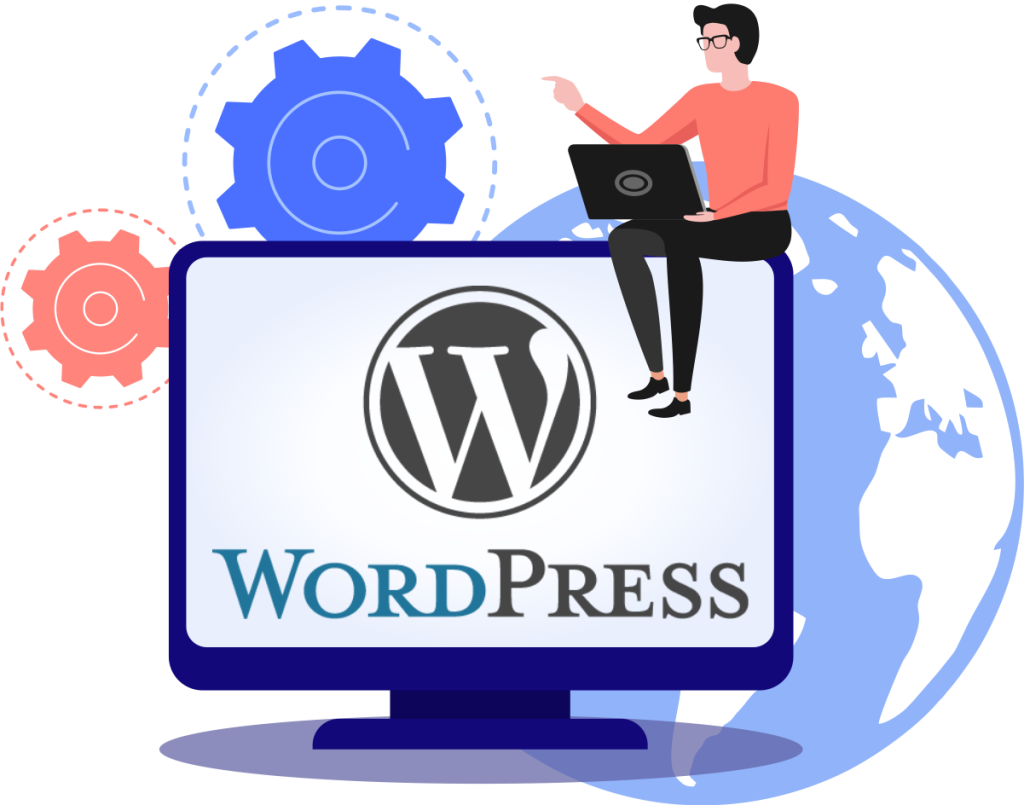WordPress development is the process of creating websites with the content management system (CMS) WordPress. Millions of websites across the globe, from blogs and small business websites to major enterprise solutions and e-commerce businesses, are powered by the well-liked and adaptable WordPress platform. Below is a summary of the essential elements and procedures in WordPress development:
Installation: Set up WordPress on a hosting platform or web server. Both manual and one-click installation options are provided by numerous hosting companies. WordPress can be downloaded from wordpress.org, and installation instructions can be found there.
Theme Selection: Select a WordPress theme that satisfies the website’s functional and design needs. Choose from thousands of premium and free themes that are available on third-party theme marketplaces or in the WordPress theme directory.


Personalization: Tailor the selected theme to align with the website’s branding and aesthetic choices. To change layouts, fonts, colors, and other design elements, use the WordPress Customizer or theme options panel. Additionally, you can design unique page themes and include JavaScript or CSS code as needed.
Plugin Integration: Installing and setting up WordPress plugins will increase the functionality of the website. With the help of plugins, you may include features like SEO optimization, social media integration, e-commerce capabilities, and contact forms. To guarantee security and compatibility, pick plugins wisely.
Content Creation: Write and publish articles, posts, photos, videos, and other types of multimedia for the website. Write and format content using the WordPress editor, then group it into tags and categories for simple searching and navigation.
SEO Optimization: To increase a website’s exposure and position in search engine results, make it more search engine friendly. Meta tags, headers, URLs, and other on-page elements can be optimized by using SEO plugins like Yoast SEO or All in One SEO Pack.
Security: Adhere to WordPress security best practices when safeguarding the website and WordPress installation. Use strong passwords, set a restriction on the number of login attempts, and install security plugins like Wordfence or Sucuri Security in order to address security vulnerabilities in WordPress core, themes, and plugins.
